This Stunning Dragon Dance Was All for the Sake of Tea
Your next cup could be filled with New Year’s luck
One of China’s most beautiful lunar New Year traditions is the dragon dance, a custom that dates back thousands of years and gives color and flair to the festivities. Since at least 206 B.C., people have used dragon symbology—and later, massive, serpentine puppets manipulated by synchronized dancers—to appeal for luck and good weather. But when the dance takes place in stunning tiered tea fields, it becomes even more breathtaking.
The photos above were taken in (and above) a tea garden in Shangshu Village of Anji County in east China's Zhejiang Province on Thursday. Photographer Xu Yu was on hand to watch villagers pray for a good tea harvest in the new year. He notes that the event was also held as a precursor to China’s Lantern Festival, which is held on the last day of the lunar New Year celebration.
Anji is perhaps best known for its bamboo forests, which provide endless-seeming seas of green, income for the locals and a tourism industry that’s all about the slender trees. But the region is known for something else, too: its fragrant tea. Anji produces green and white tea that is sold as an expensive specialty both inside China and around the world, and it’s grown on rolling hills that make the perfect backdrop for the occasional dragon appearance.
These days, dragon dances can be seen all over the world, but the dragon itself serves as a symbol of China. While dragons used to represent Chinese royalty, its use as a national symbol dates back only to the 1970s. Not so the dragon dance—for centuries, the dance of power and luck been performed by Chinese people of all rank and class to celebrate various festive occasions and pray for good weather.
Will this year’s dragon make for good Anji tea? You’ll have to wait for your next cup—it takes between four and 12 years for a tea plant to bear seed, and about three years for a new plant to grow.
/https://tf-cmsv2-smithsonianmag-media.s3.amazonaws.com/accounts/headshot/erin.png)
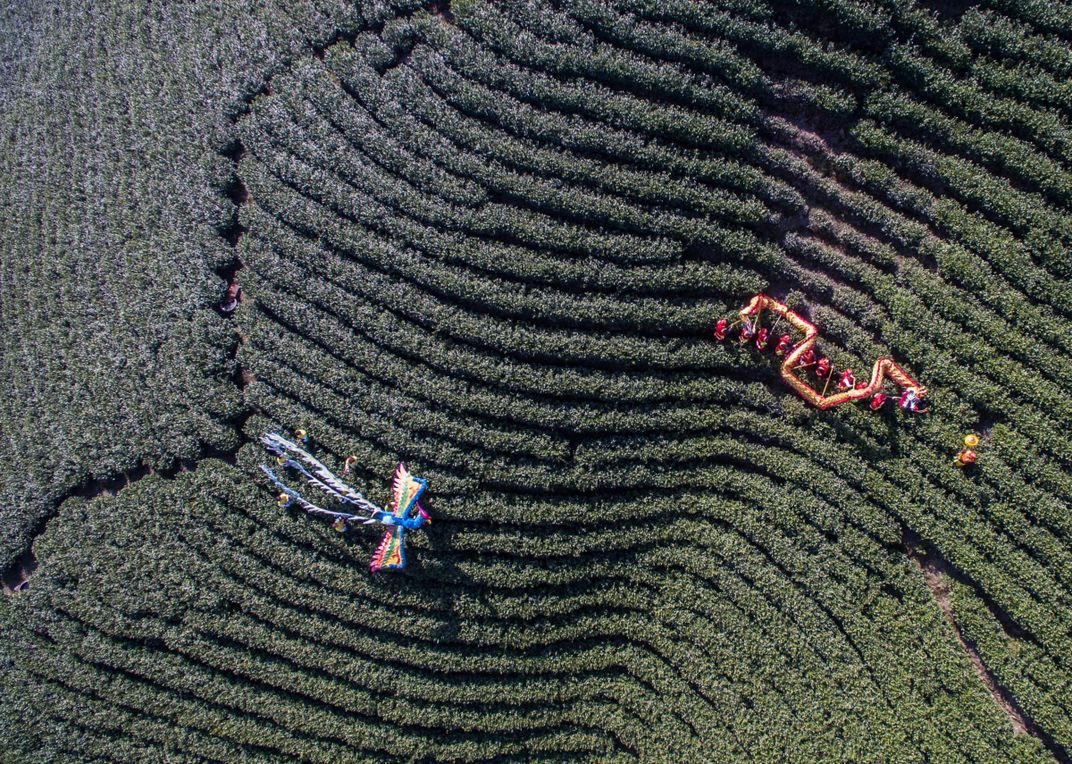
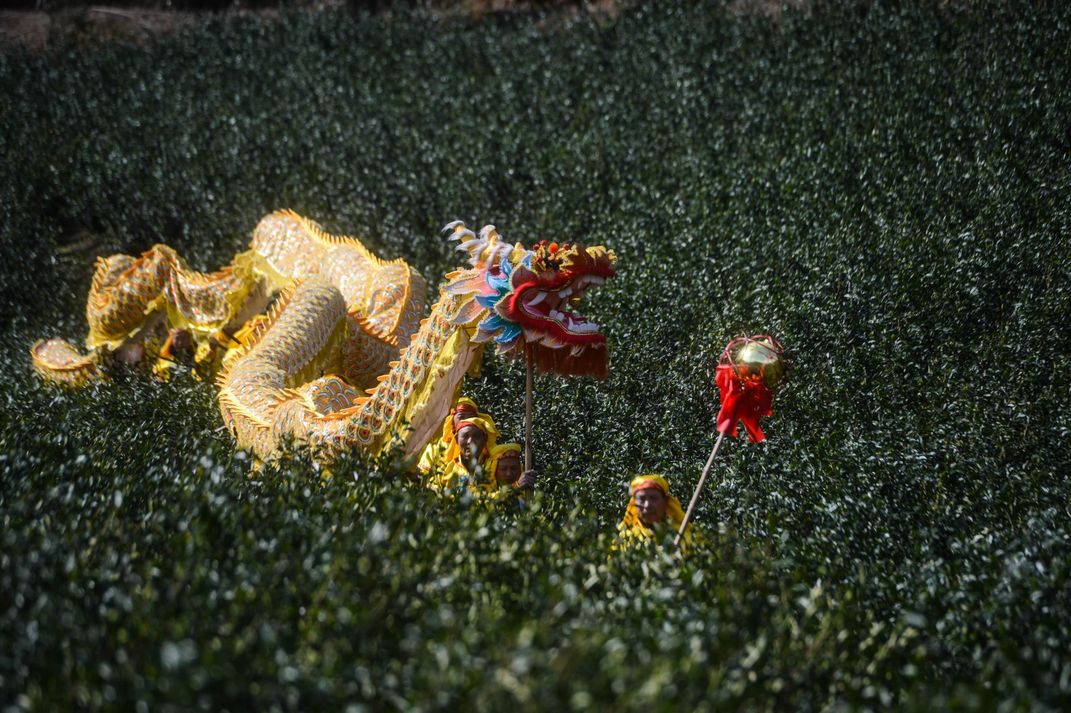
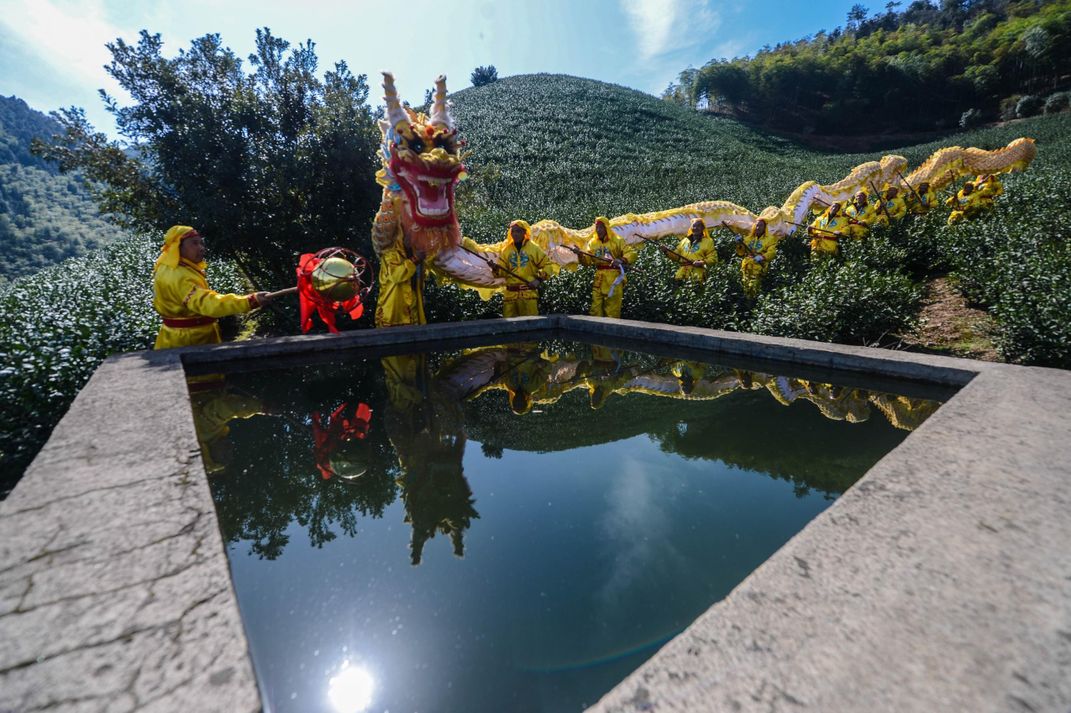
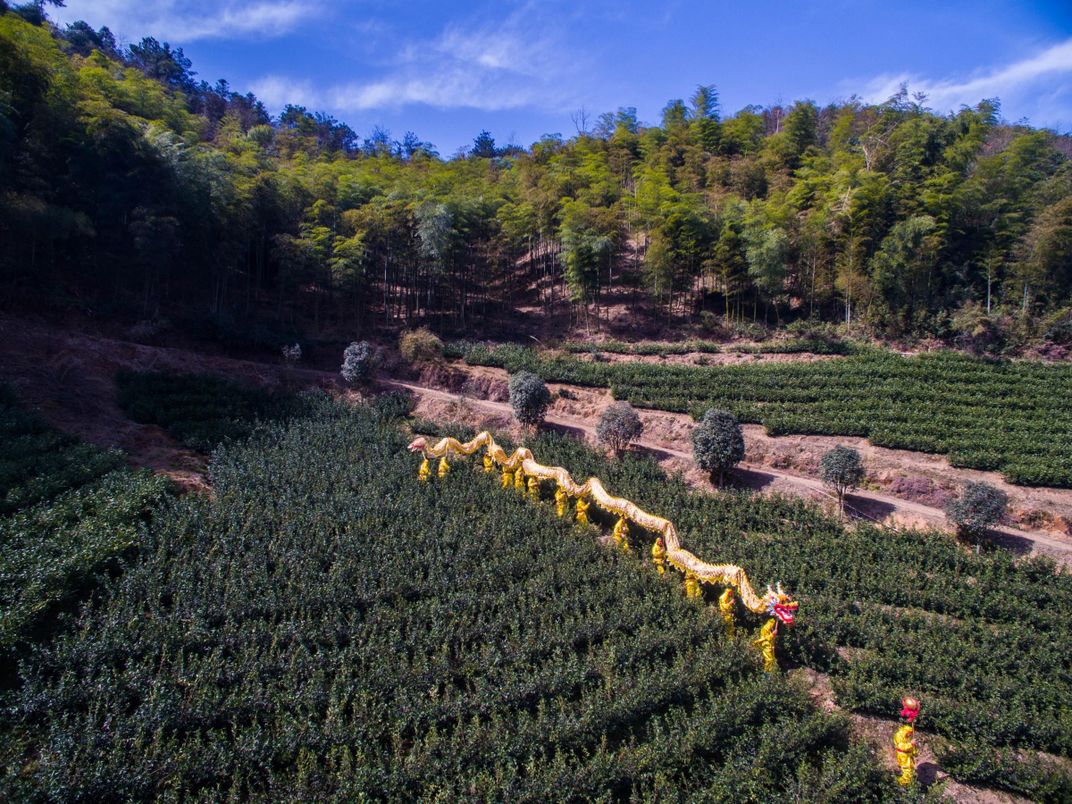
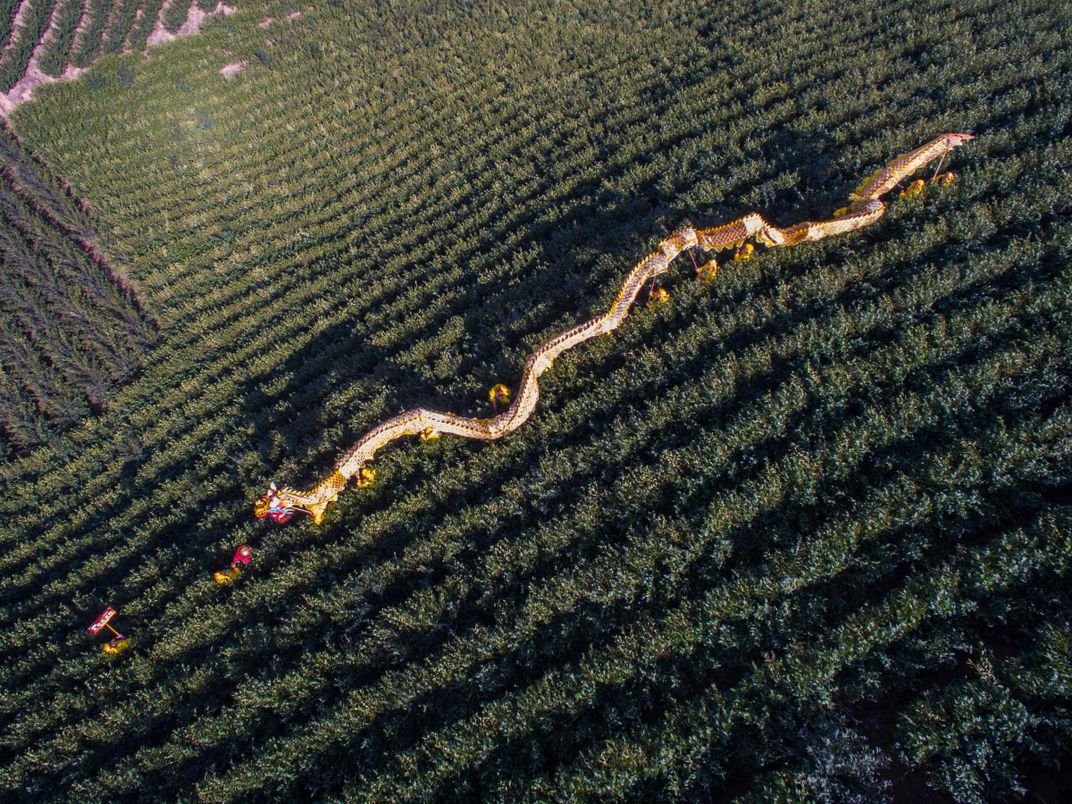
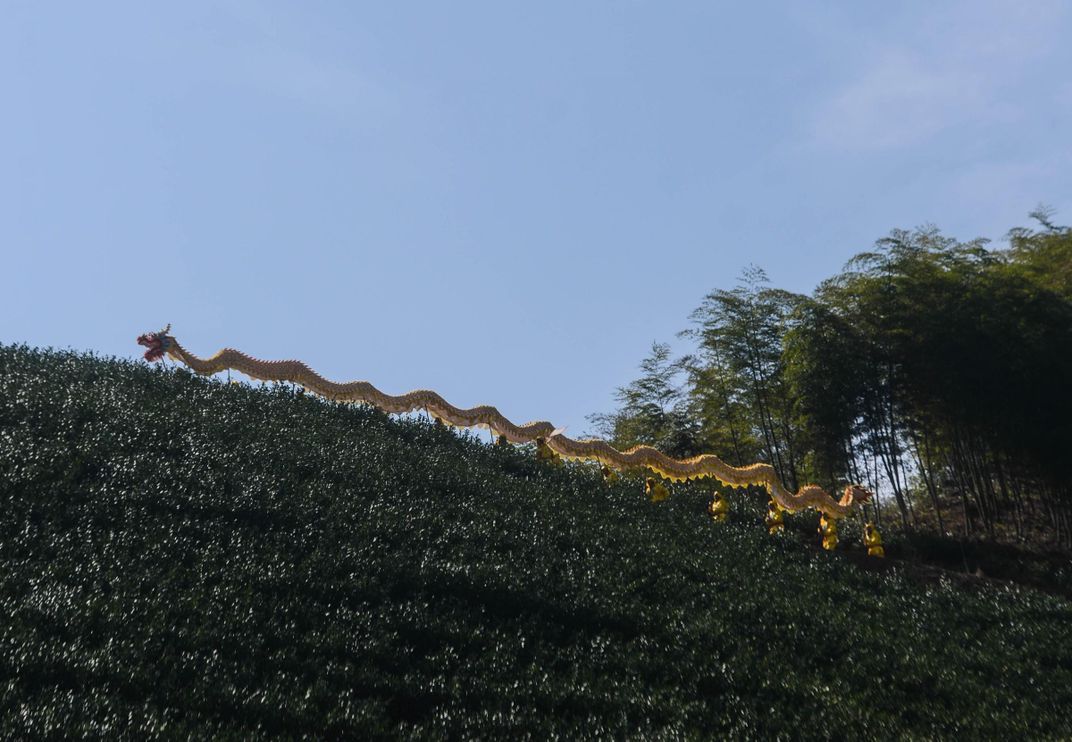
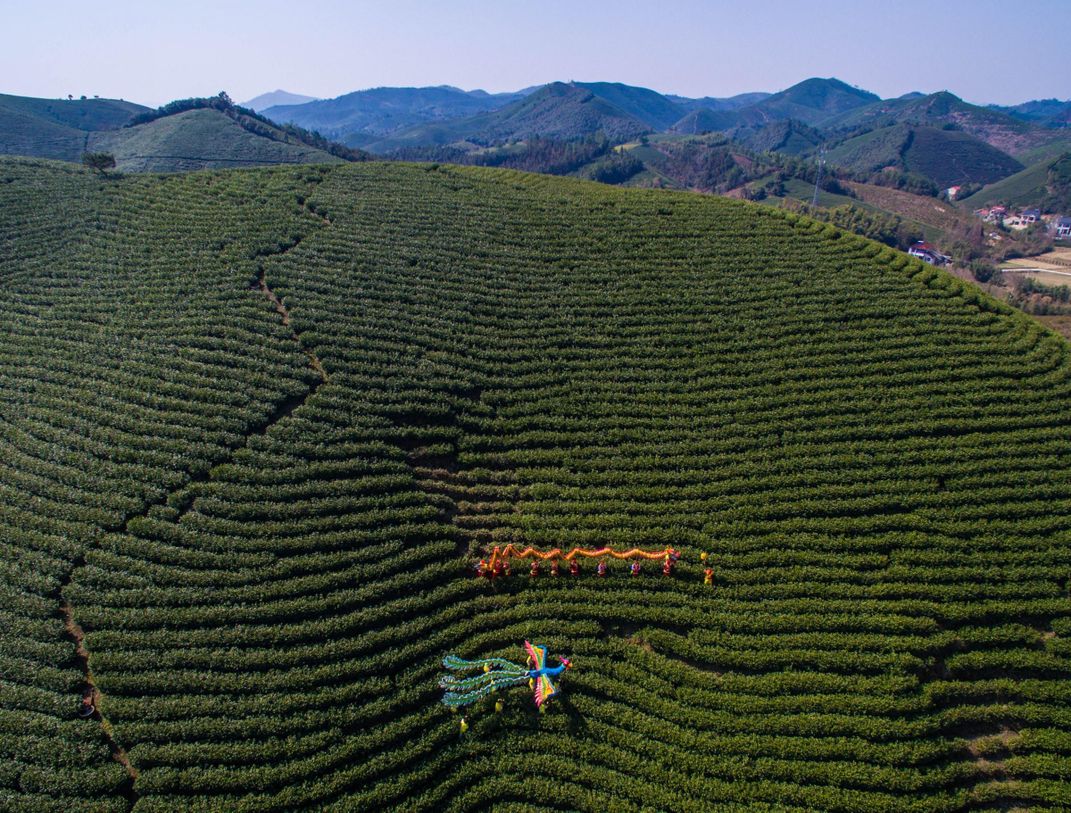

/https://tf-cmsv2-smithsonianmag-media.s3.amazonaws.com/accounts/headshot/erin.png)